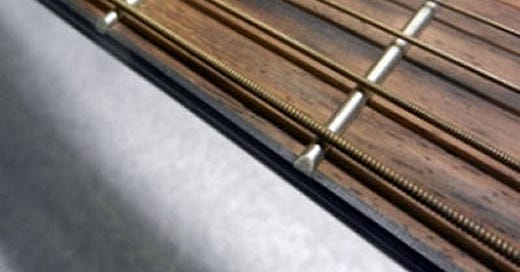I remember learning the guitar as a teenager, learning most of the open-string chords and some of the scales. I also remember being intimidated by anything that included notes and chords past the third or fourth frets of my guitar. All I knew was that everything was "higher" notes. Other than eventually being able to figure "barre" chords going up the f…
Keep reading with a 7-day free trial
Subscribe to SoundHole Guitar Lessons to keep reading this post and get 7 days of free access to the full post archives.





